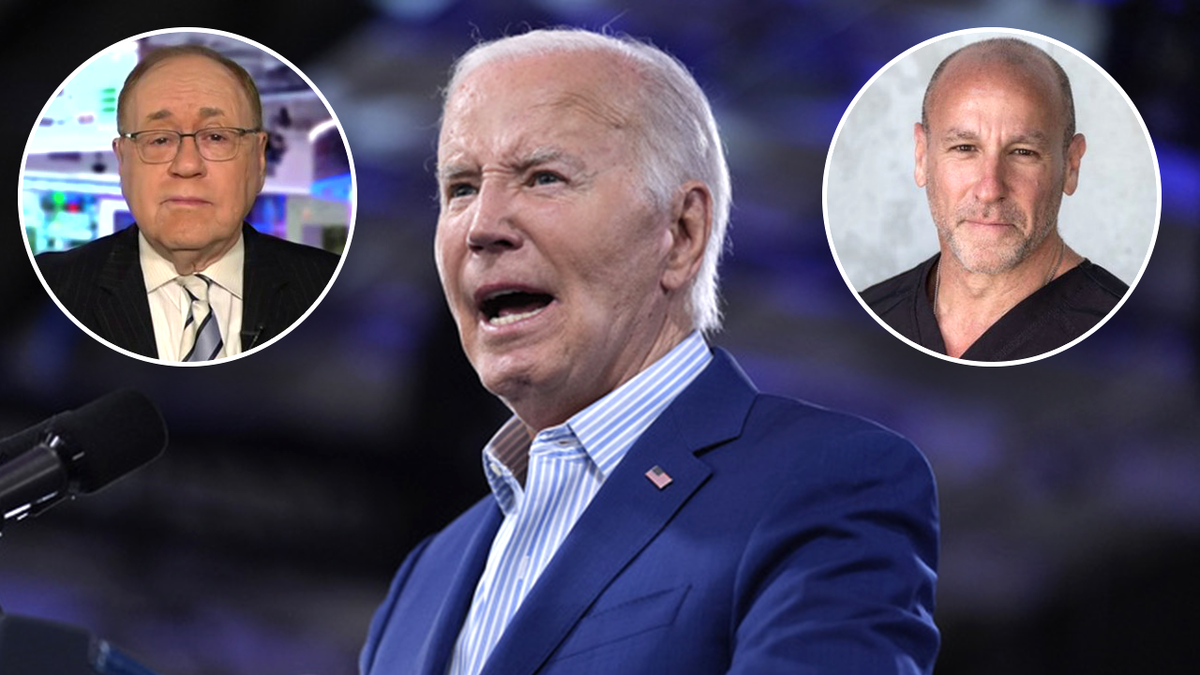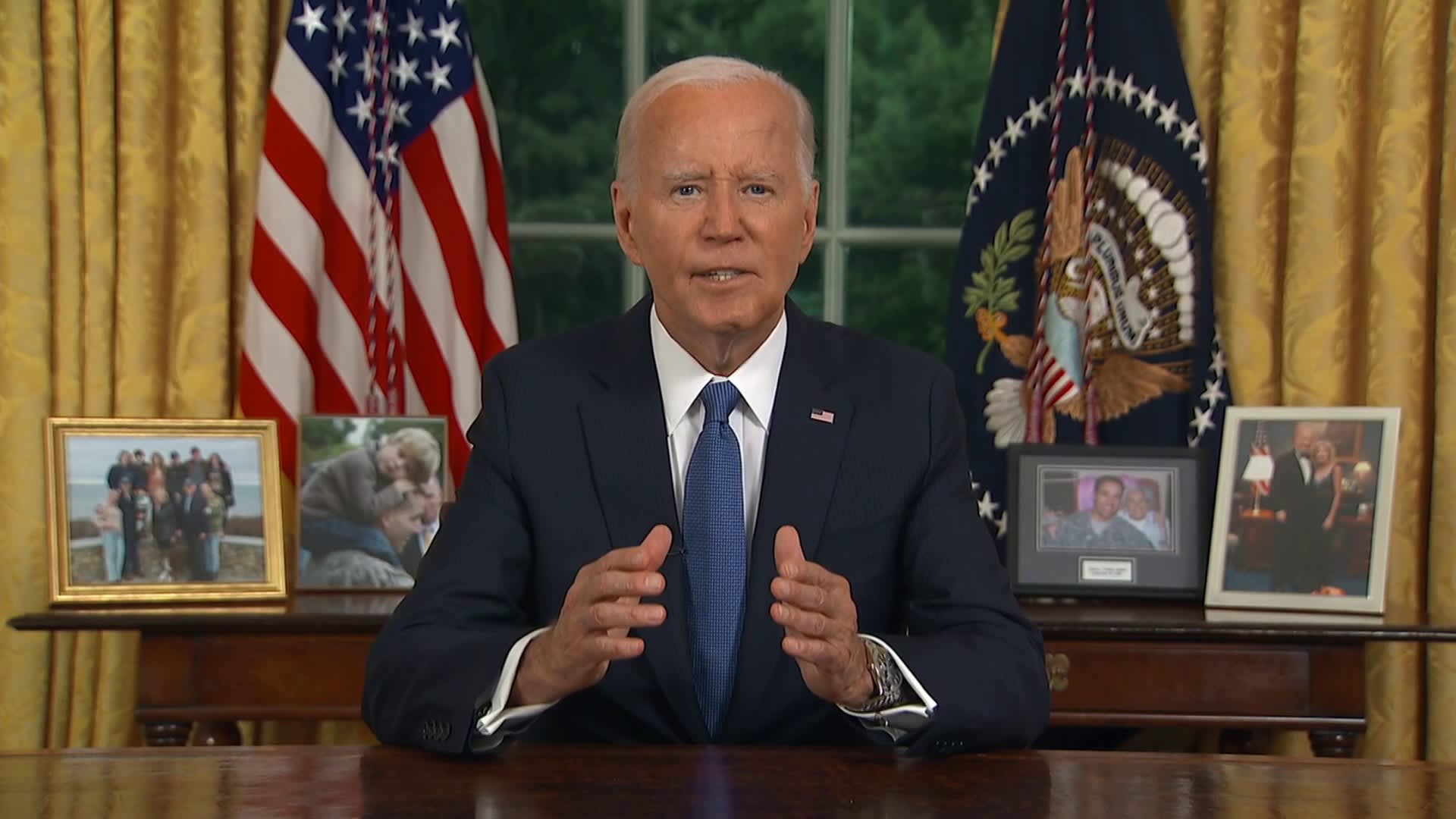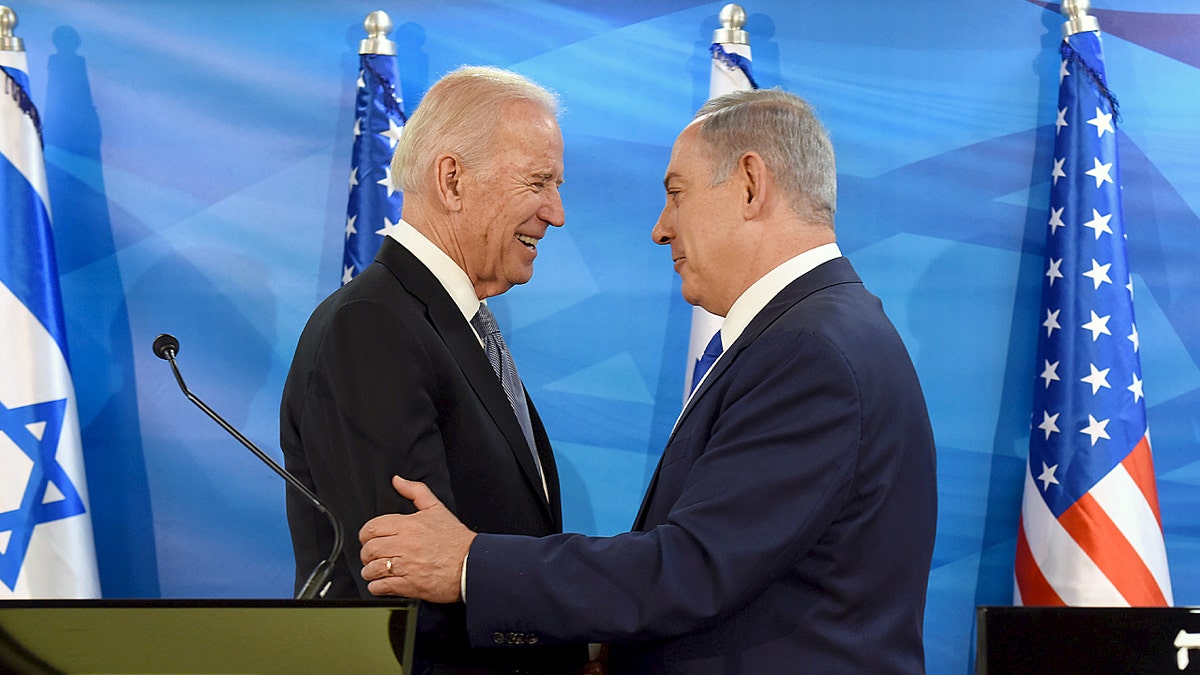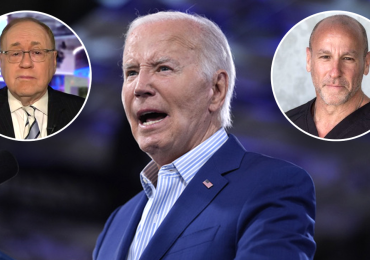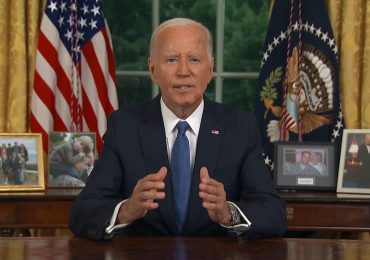- The World Health Organization and 500 experts have established a consensus on the definition of airborne diseases.
- The groups are aiming to prevent confusion similar to that experienced during the early stages of the COVID-19 pandemic.
- The WHO released a document outlining the definition, marking a step toward improving prevention of diseases transmitted through the air.
The World Health Organization and around 500 experts have agreed for the first time what it means for a disease to spread through the air, in a bid to avoid the confusion early in the COVID-19 pandemic that some scientists have said cost lives.
The Geneva-based U.N. health agency released a technical document on the topic on Thursday. It said it was the first step towards working out how to better prevent this kind of transmission, both for existing diseases like me asles and for future pandemic threats.
WHO DIRECTOR CALLS FOR WORLD PANDEMIC TREATY TO PREPARE FOR DISEASE X
Almost 500 experts contributed to the definition, including physicists, public health professionals and engineers, many of whom disagreed bitterly over the topic in the past.
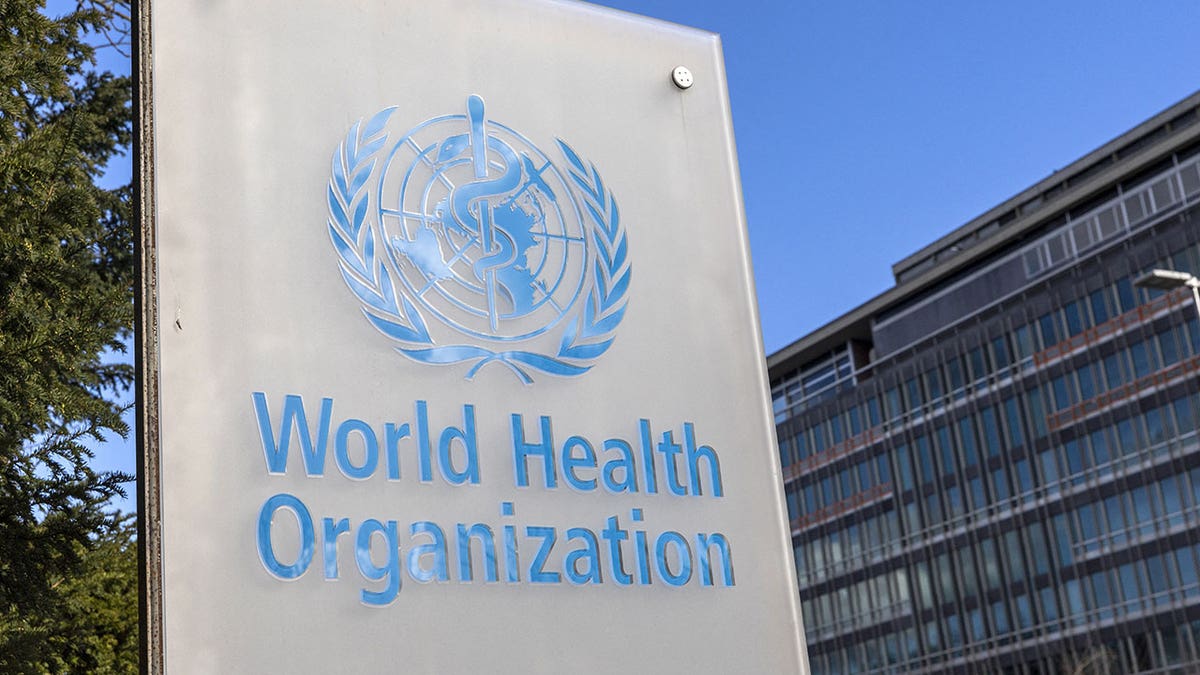
Agencies have historically required high levels of proof before calling diseases airborne, which required very stringent containment measures; the new definition says the risk of exposure and severity of disease should also be considered.
Past disagreements also centered around whether infectious particles were “droplets” or “aerosols” based on size, which the new definition moves away from.During the early days of COVID in 2020, around 200 aerosol scientists publicly complained that the WHO had failed to warn people of the risk that the virus could spread through the air. This led to an overemphasis on measures like handwashing to stop the virus, rather than focusing on ventilation, they said.
By July 2020, the agency said there was “evidence emerging” of airborne spread, but its then chief scientist Soumya Swaminathan – who began the process to get a definition – later said the WHO should have been more forceful “much earlier”.
CLICK HERE TO GET THE FOX NEWS APP
Her successor, Jeremy Farrar, said in an interview that the new definition was about more than COVID, but he added that at the beginning of the pandemic there was a lack of evidence available and experts including the WHO acted in “good faith”. At that time, he was head of the Wellcome Trust charity and advised the British government on the pandemic.
Farrar said getting the definition agreed among experts from all disciplines would allow discussions to begin about issues such as ventilation in many different settings, from hospitals to schools.
He compared it to the realization that blood-borne viruses like HIV or hepatitis B could be spread by medics not wearing gloves during procedures.
“When I started out, medical students, nurses, doctors, none of us wore gloves to take blood,” he told Reuters. “Now it is unthinkable that you wouldn’t wear gloves. But that came because everyone agreed on what the issue was, they agreed on the terminology… [The change in practice] came later.”

